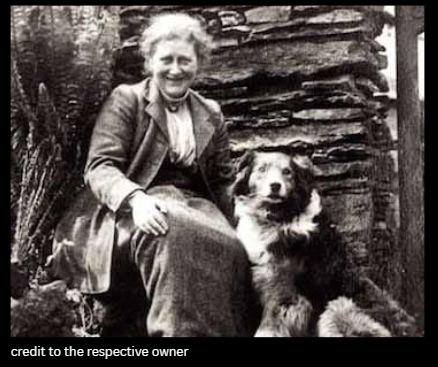Long before children fell in love with Peter Rabbit, Beatrix Potter was in the woods, kneeling with a sketchbook and microscope—documenting mushrooms.
Not just for fun, but for science.
Potter, a self-taught naturalist, was deeply fascinated by fungi. For years, she collected specimens, observing them with both a steady hand and an artist’s sharp eye. While male scientists often missed their subtle shapes and fleeting colors, Potter captured them in hundreds of illustrations so precise, mycologists still rely on them today.
She wasn’t just drawing. She was thinking.
Potter developed her own theories about how fungi reproduce, closely studying spore germination under her microscope. In 1897, she submitted a paper to the Linnean Society of London, a leading scientific institution. Yet, because she was a woman, she wasn’t allowed to present it. Without the chance to share and defend her discovery, her work was set aside.
But she didn’t give up.
Potter continued studying. She kept drawing. She kept learning. Eventually, however, she realized that science’s doors would never open for her.
So she built her own.
She poured her talent into storytelling—still rooted in nature, still observant, still exacting. Her animal tales weren’t just sweet; they were rich in biology, detail, and behavior. Through them, she reached millions.
Beatrix Potter was much more than an author.
She was a scientist who was silenced—and a creator who found another way to be heard.
